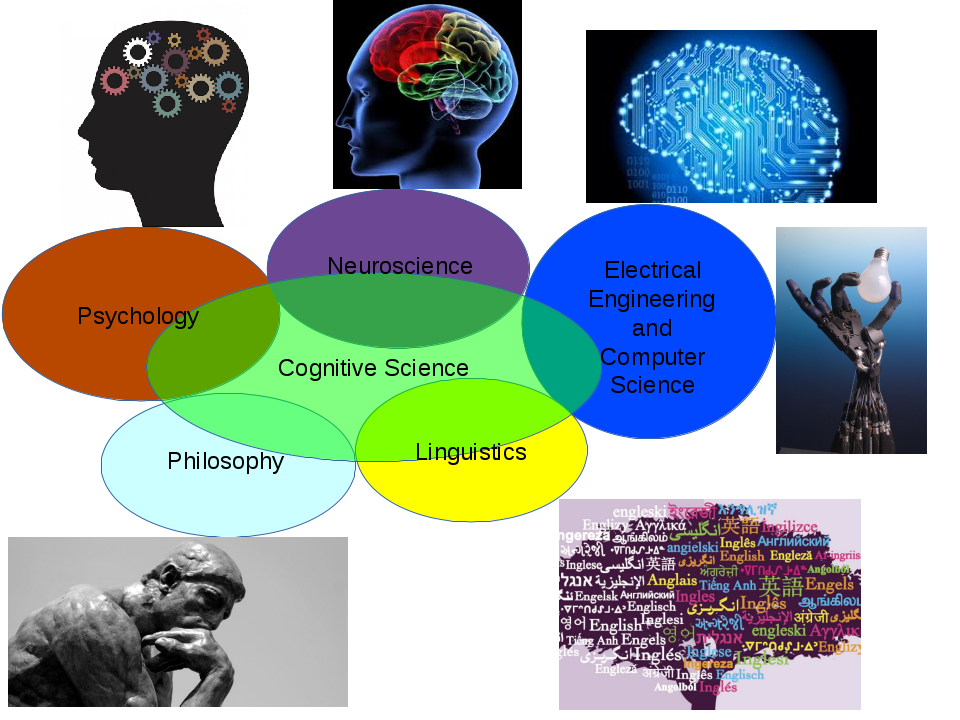
Instructors: Hiranmay Ghosh and Sumeet Agarwal
3 credits (3-0-0)
I Semester 2015–16
M Th 17:00–18:20, IIA 204 (Bharti building)
| Serial no. | Lecture nos. | Topics | Instructor | Slides |
| 1 | 1–3 | Introduction; Philosophical, Psychological, and Cognitive approaches to modeling the mind | SA | Introduction and Philosophical Perspectives |
| 2 | 4 | Neuroscientific foundations | Tapan Gandhi | |
| 3 | 5–8 | Perception (uni- and multi-modal): Vision, hearing, taste, touch, olfaction | HG | Understanding Mind; Visual Perception I; Visual Perception II; Auditory Perception; Cutaneous Perception |
| 4 | 9–12 | Cognitive models and Bayesian inferencing | SA | Bayesian models of cognition |
| 5 | 13–14 | Higher order perception like object and pattern recognition (biological and computational perspectives) | SA | Unsupervised learning; Higher-order perception |
| 6 | 15–16 | Visual perception of 3D space & scene; Perceptual processes for object recognition & memorization | HG | Perceiving visual space; Remembering visual space; Role of context in object detection |
| 7 | 17 | Student presentations on term paper proposals | — | |
| 8 | 18–19 | Computational models of attention | HG | Visual Attention; Audio and Multimodal Attention |
| 9 | 20–22 | Computational psycholinguistics | SA; Samar Husain; Amitabha Mukerjee | Language and Cognitive Science; Language and Cognition |
| 10 | 23, 27 | Applications: Audio quality assessment, compression & indexing | HG | Audio Engineering: Quality Assessment; Audio Engineering: Spatial Audio; Audio Engineering: Perceptual coding |
| 11 | 24–26 | Cognitive architectures; Cognitive robotics and embodied cognition | SA | How are cognitive systems organised? |
| 12 | 28 | Applications: Image quality assessment, compression, Haptic interfaces | HG | Memorability of images; Haptic/tactile displays |
[Image credits: directactioneverywhere.com; mcgill.ca; edx.org; wikipedia.org; nu.ac.th; binghamton.edu.]